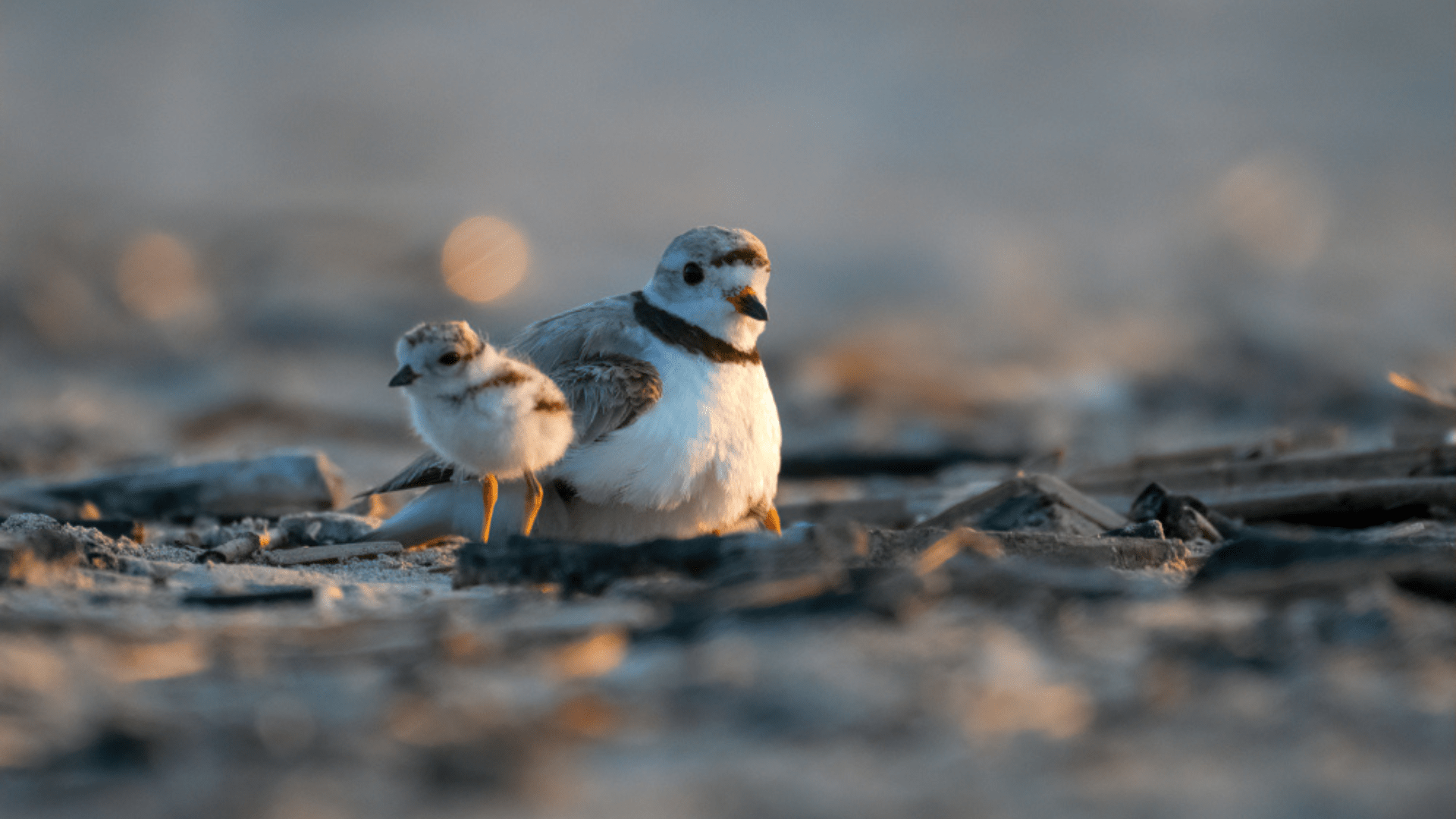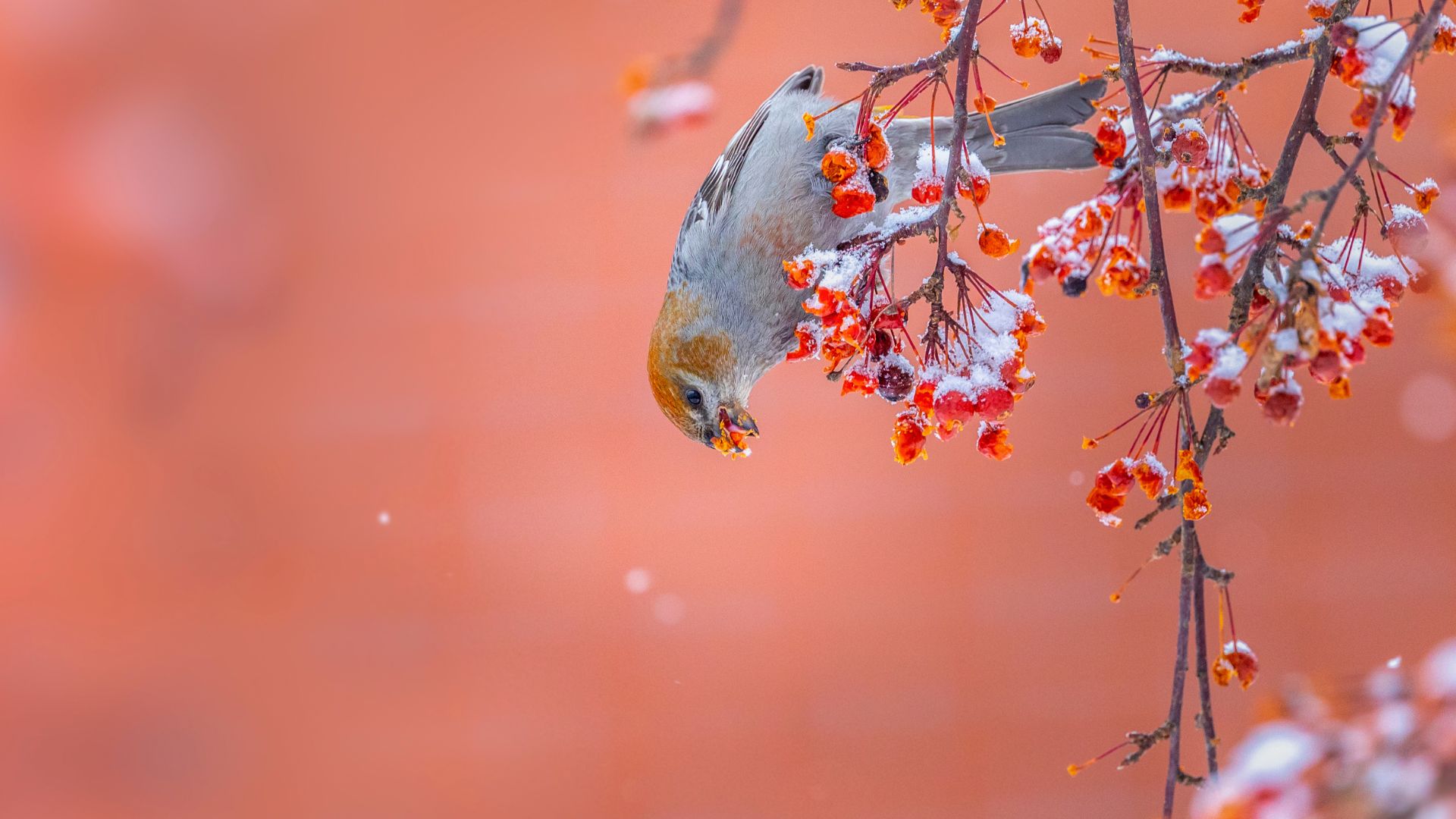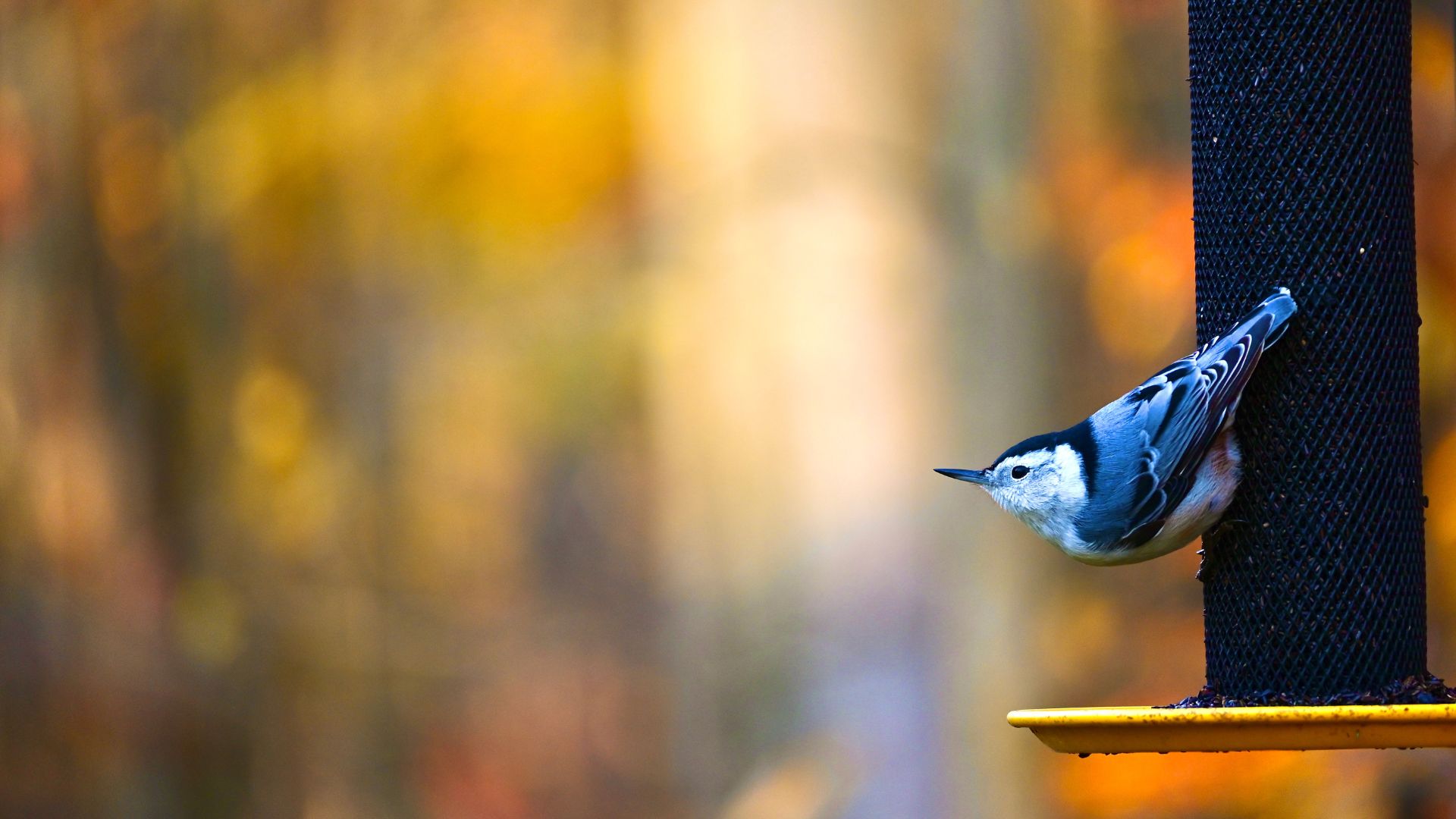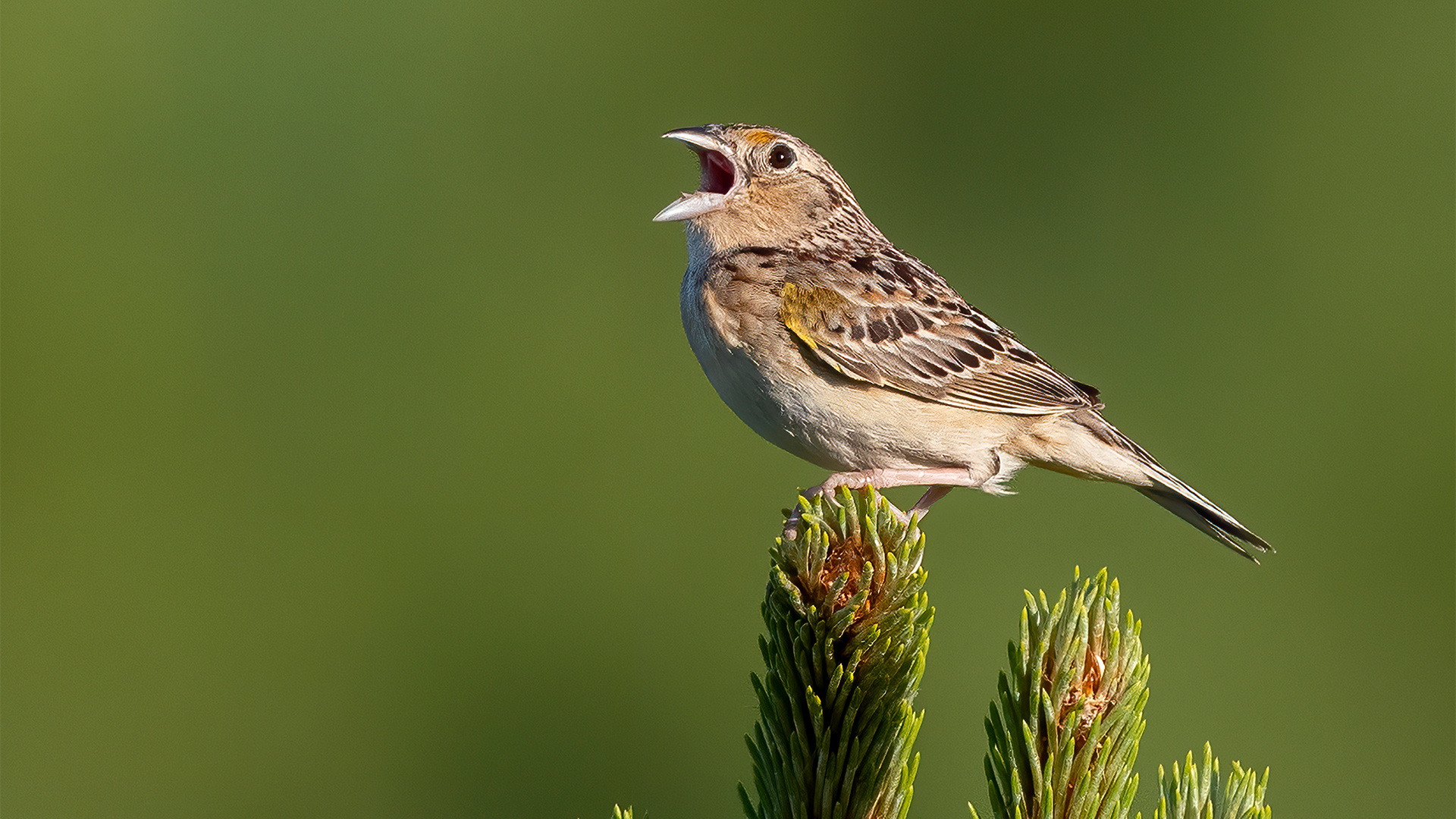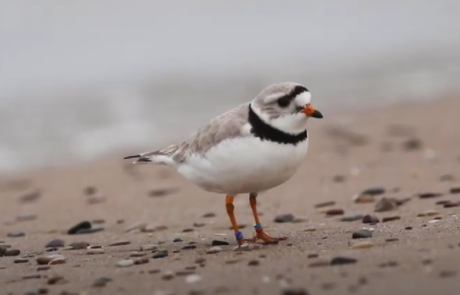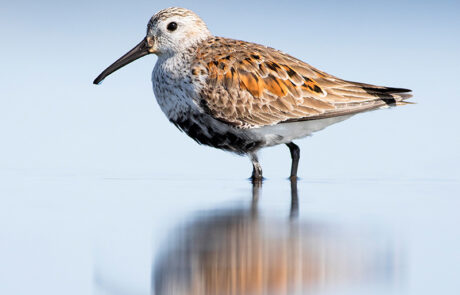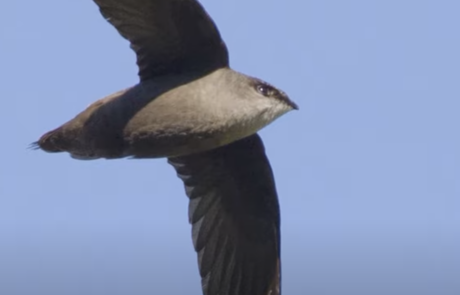The aim of NatureCounts is to share data as broadly as possible for use in conservation and research. As we covered in FAIR Data 101, we must also balance that goal with the need for data security and the safety of the species, habitats, and people involved.
Data in NatureCounts are shared through the NatureCounts website, where they can be visualized, searched, filtered, and downloaded. Researchers who use R for their statistical analysis can also access the data directly in R using the NatureCounts R Package.
Data from NatureCounts are accessed by a diverse group of users, including:
- Governments (federal, provincial/territorial, and municipal)
- Consultants and industry
- Environmental Non-profit Organizations
- Researchers and academia
- First Nations
- Science advisory panels
- Conservation data centres
- Students and educators
And many more! The ways the data are used are as varied as the people who use them.
NatureCounts and Species Assessment
Data from NatureCounts are often used to help understand the status and distribution of species, especially the birds which occur in Canada. They may be used to assess potential species-at-risk (like by COSEWIC), to identify threats and conservation actions for various species, or to produce reports like the 2024 State of Canada’s Birds report.
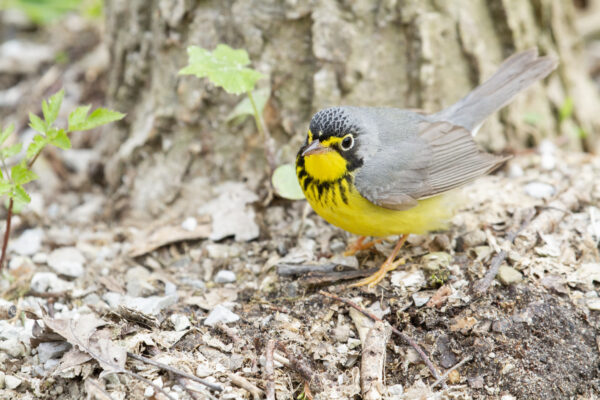
Photo: Kyle Horner
NatureCounts and Land Use Planning
Data from NatureCounts are frequently used in land use planning. This may include prioritizing spaces for protection and conservation, as with Canada’s Key Biodiversity Areas, or informing the management or restoration of critical habitat. The data can also be used to evaluate and mitigate the impacts of different land use practices, as with the Bird Friendliness Index.
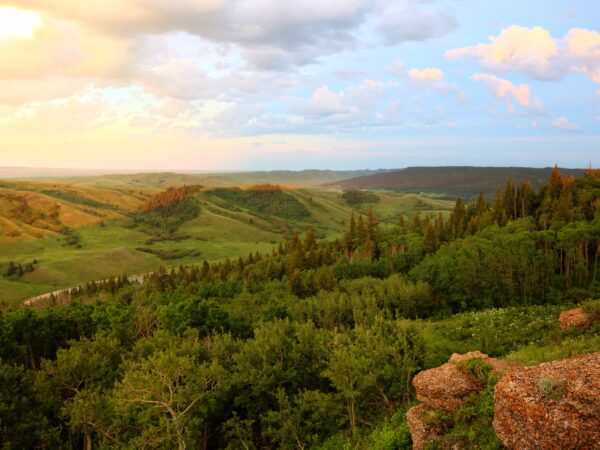
Photo: Katelyn Luff
NatureCounts and Environmental Impact Assessment
NatureCounts data play a key role in environmental impact assessment, being used by consultants and industry to understand and mitigate the likely impacts of development or construction projects. This kind of data is an invaluable complement to on-the-ground survey efforts, and can even play a part in informing changes to policy and regulations surrounding impact assessment.
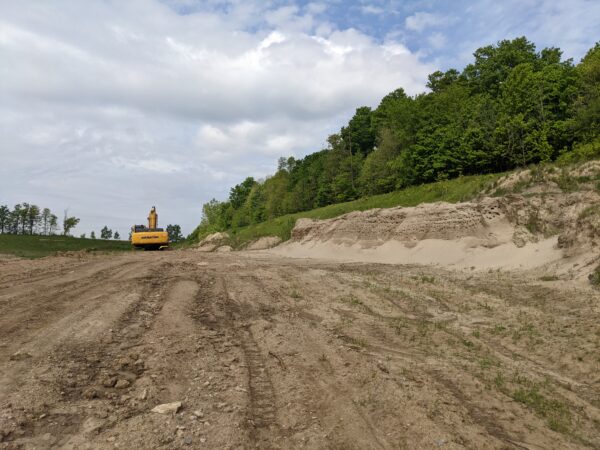
Photo: Natasha Barlow
NatureCounts and Education
Data from NatureCounts are often used by undergraduate and graduate students to complete their studies. Research based on existing data is significantly more affordable and accessible than expensive field research undertakings, and there is much to be discovered from this abundant resource. University courses also use NatureCounts to introduce students to open data and biodiversity research. Through NatureCounts data exploration tools, anyone can use NatureCounts to learn more about birds in Canada.
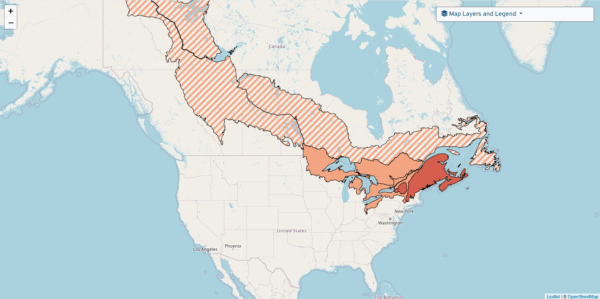
NatureCounts and Research
The data hosted by NatureCounts are used for all manner of bird and biodiversity research, including work on population trends, species-at-risk, nesting and migration timing, conservation efforts, and even climate change. Combined with the collection of new data, or all on their own, the enormous repository of data in NatureCounts has huge potential for ongoing and novel research. There is no end to what we can learn, and how the data can be used to help species and their conservation.

Photo: Angela Mercurio
In these ways, and many others, NatureCounts plays a vital role in the understanding and conservation of biodiversity both in Canada and beyond. NatureCounts is always growing, and the impact of the platform and the data it houses is growing as well.
Next section: Our Vision


